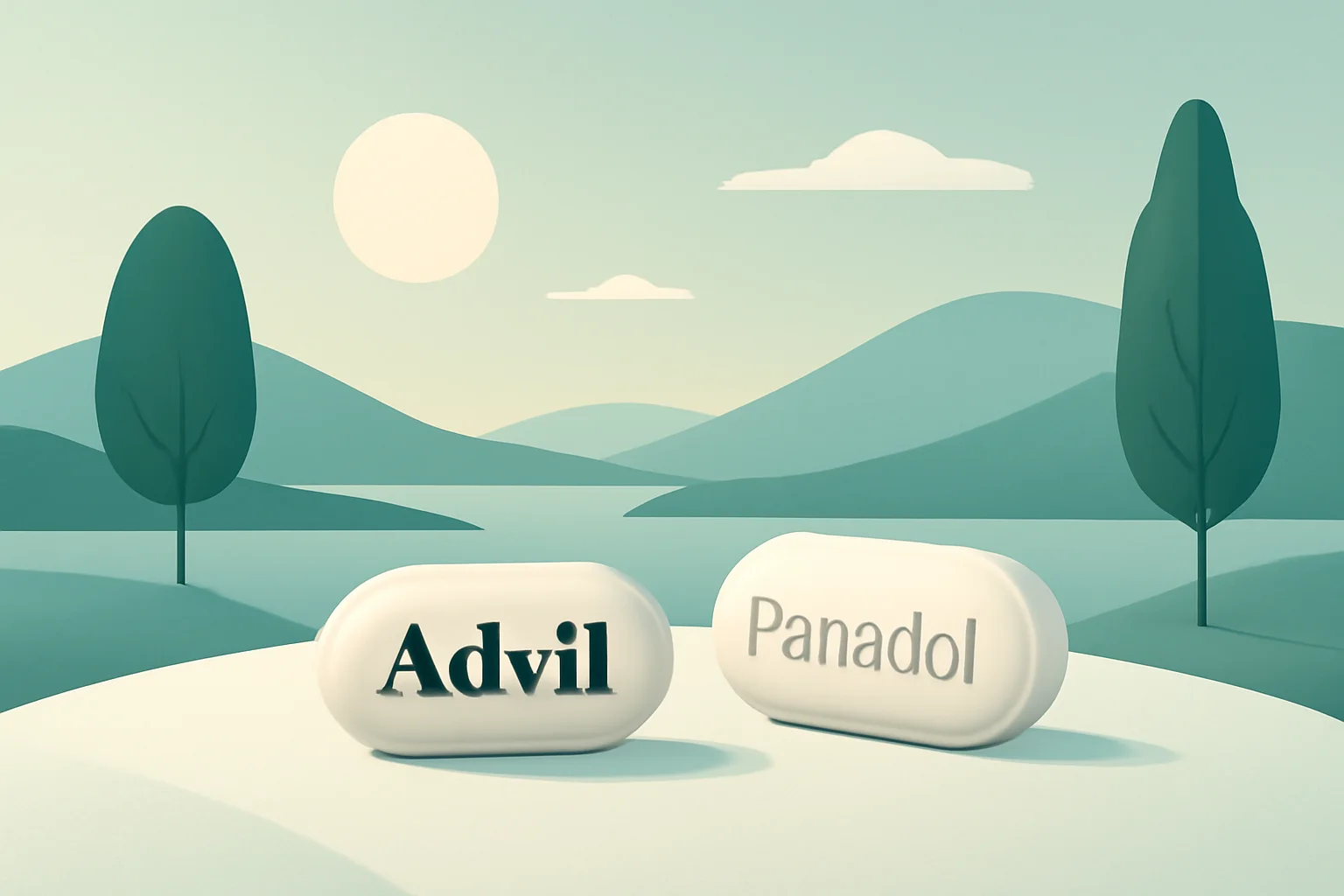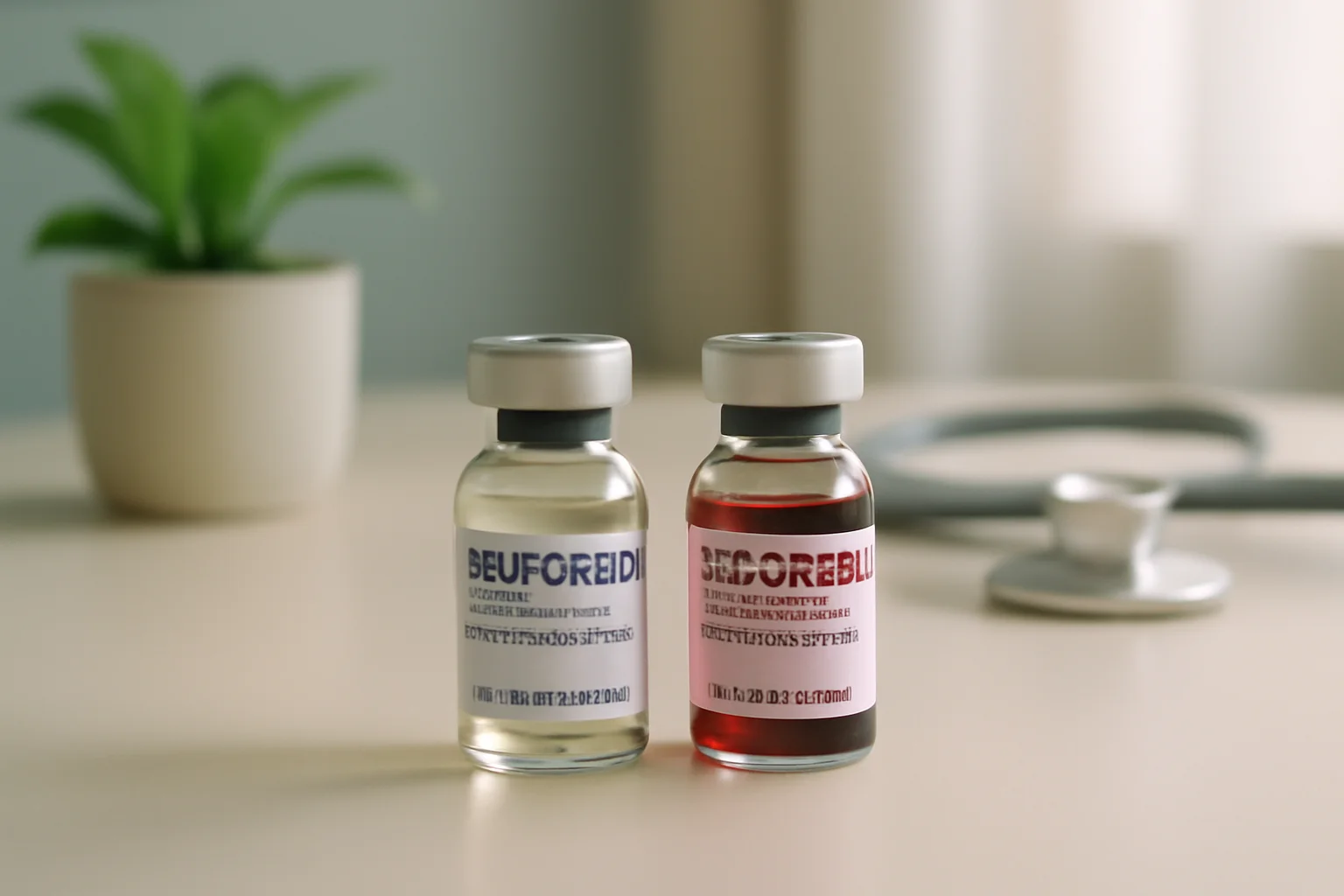
Chills or Sweating? Causes and Treatment Options for the Two Conditions
The chills and sweating are bodily reactions that many people are familiar with and can occur in various situations in everyday life. These phenomena can often be attributed to different causes, whether related to physical activity, emotional states, or even health issues. The body’s temperature regulation is an extremely complex process that depends on numerous factors, and both chills and sweating are results of this system.
Chills most commonly occur in response to a decrease in body temperature or exposure to a cold environment. In such cases, the body tries to maintain an appropriate temperature and induces muscle contractions to increase heat production, resulting in the characteristic “shivering.” In contrast, sweating occurs when the body’s temperature rises, such as during warm weather or intense physical activity, and helps cool the body through perspiration.
These physiological processes are thus natural reactions of the body, but in many cases, the underlying causes and consequences can be more complicated than one might initially think. It is worth understanding when these phenomena are considered normal and when they may indicate a health problem.
Chills: The Body’s Response to Temperature Changes
Chills are a natural reaction that generally occurs as a response to a decrease in body temperature. When the external temperature is lower, the body attempts to preserve its internal temperature and achieves this through muscle contractions. This mechanism increases the body’s heat production, which serves to reduce the sensation of cold.
Chills can be caused not only by cold weather but also by other factors. For example, during a fever, the body’s temperature rises, and chills are part of the temperature regulation process. Fever occurs as part of the body’s immune response aimed at combating infections. In this case, chills help increase heat production.
It is important to note that chills do not always mean that a person is cold. For some individuals, chills can accompany anxiety or stress. In such cases, the body prepares for a “fight or flight” response, which can also result in muscle contractions and chills.
Chills are often a temporary phenomenon, but if they persist or are accompanied by other symptoms, it is advisable to consult a doctor. Sometimes, chills can be a sign of more serious health issues, such as infections, inflammations, or circulatory disorders.
Sweating: The Body’s Natural Cooling Mechanism
Sweating is one of the body’s most important temperature regulation mechanisms, allowing the body to maintain an appropriate temperature. When the body’s temperature rises, sweat glands become activated and produce sweat. The evaporation of sweat from the skin surface cools the body, helping to reduce internal temperature.
Sweating can occur not only as a result of warm weather or physical activity but also due to emotional states such as stress or anxiety. Emotional sweating is generally a response of the body’s autonomic nervous system, activated in response to stressful situations. In this case, sweating serves not only to lower temperature but also to prepare the body to avoid potential dangers.
Some people are more prone to sweating than others, which may be due to genetic or hormonal factors. Excessive sweating, known as hyperhidrosis, is a condition in which the amount of sweating is significantly higher than necessary. This phenomenon can be particularly uncomfortable in everyday life and can often cause anxiety or social tension.
Sweating is a normal reaction, but if someone sweats excessively or if sweating changes suddenly, it is advisable to consult a doctor. Certain health issues, such as hormonal disorders or metabolic diseases, can also affect the degree of perspiration.
The Interconnection of Chills and Sweating
Although chills and sweating are two distinct physiological reactions, they are often closely related. In various situations, both can occur and reflect the body’s overall response. For example, when the body temperature rises due to fever, chills and sweating may occur simultaneously. Chills help increase heat production, while sweating serves to lower temperature.
Another example could be a stressful situation where the body first responds with chills and then begins to sweat to relieve tension. In such situations, the body may activate both reactions as a response to stress, complicating the scenario.
Understanding chills and sweating can help us better comprehend how our body functions. Both phenomena are the body’s responses to various external and internal stimuli and signal that the body is striving to maintain its temperature and proper functioning.
If these reactions are frequent or bothersome, it is advisable to seek medical assistance to rule out potential health problems.
> This article does not constitute medical advice. In case of health issues, please always consult your doctor.

